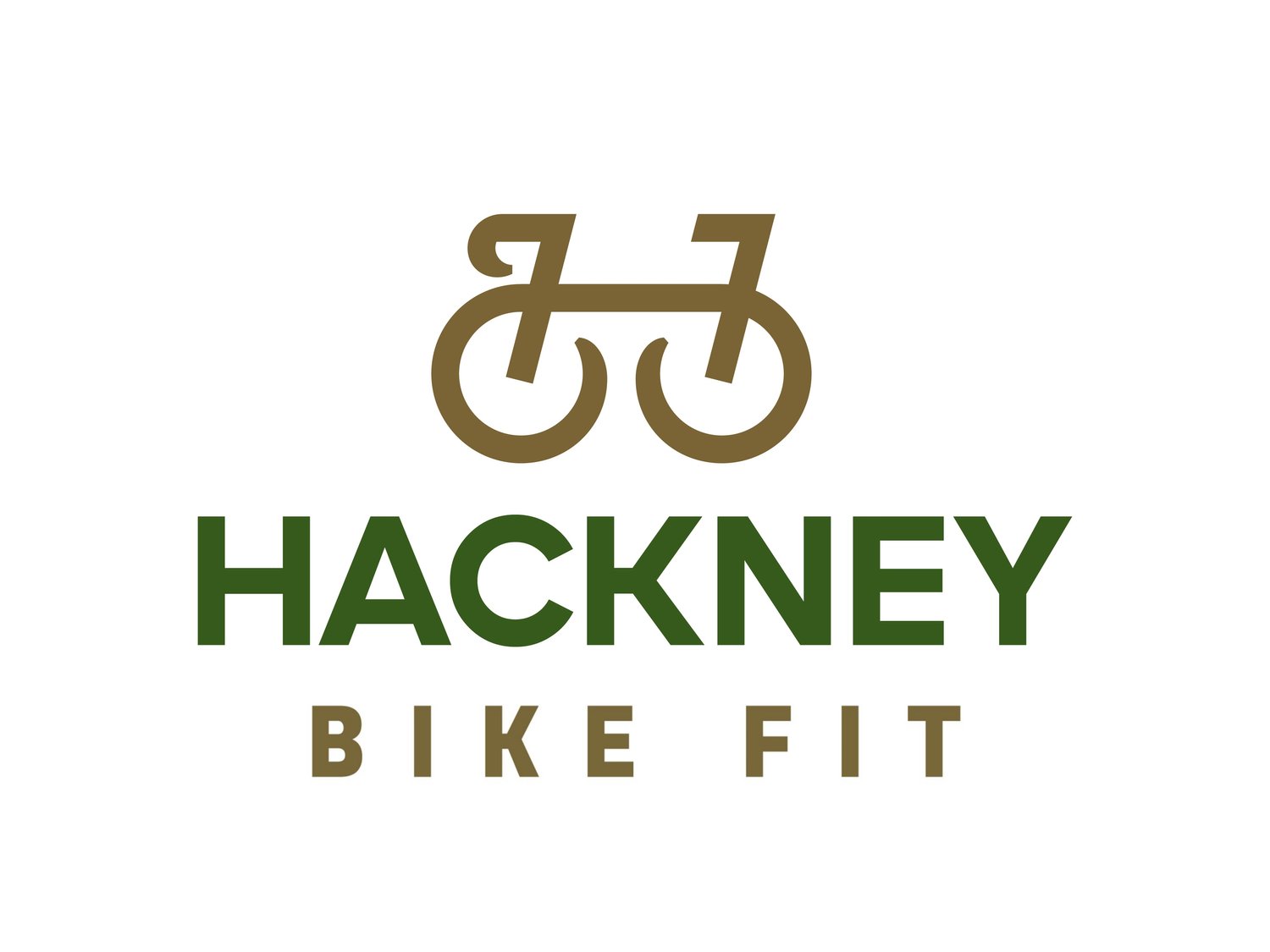Bike Fit - AI versus Human (using AI). Not a great comparison
I’m always interested when articles on bike fitting come up in the cycling press, so imagine my delight when Cycling Weekly published “Can a cheap AI bike-fit app optimise your riding position?”. I hastily flicked past reviews of beautiful bikes, features on Ceciline Uttrup Ludwig and found myself in the back pages of the magazine. What had I missed? How was MyVeloFit going to perform against an experienced bike fitter? Be still my beating heart, sort of at least.
So what did I discover? MyVeloFit gets you to set up your camera and film and upload videos of yourself riding and basically runs them through a bike fitting app to check your position. Unfortunately for the comparative article, that’s exactly what the human does too. He uses STT 2DMA 2D motion analysis to do the same thing. He is able to notice issues like incorrect hood position, which MyVeloFit couldn’t see from the side on position and from the sound of it, talked the reporter through the process well. Other than that, he used a similar program and got a similar result. Hmm, not too many surprises there.
When I first trained as bike fitter, I bought a number of cool tools, including a goniometer to measure joint angles and stickers to place on joints. Well dear reader, apart from sticking a sticker on someone’s patella tendon insertion due to some extremely shiny tights, I haven’t used either one once. The poor goniometer has taught my children about joint angles but never has it aided me in a bike fit. Why? Just because a program tells you that someone is in the optimum range, it doesn’t mean they are. We’re all stiff or strong in different ways. Have our own aches and pains, often the reason we’ve sought a bike fit in the first place. These aren’t taken into account.
The school of fitting I adhere may not have been created by, but was certainly mastered by Tony Corke from Torke Cycling. If you live in the South West or just want the best bike fit available in the UK, he’s your man. He also runs regular classes on bike fitting from the absolute basics to expert sessions on foot activation, saddle positioning and working with wind tunnels. I’m slowly working my way through all of them. His conclusion after working with many of the top cycling teams in the country, is that a computer program has never helped him get a better fit. It’s all about feedback. Watching the client, seeing how smooth their movement patterns are. Listening to the sound of the trainer to check it’s even or if it’s making a the whoomp whoomp sound characteristic of a too high saddle. Most importantly, getting the client themselves involved in the fit. How does it feel? Recording them riding so they can see what you’re seeing, it’s not surprising that most of use haven’t done that on one of our zwift sessions. Give the rider the tools to understand what’s going on, which muscles are firing and when, where do they need to be? Many of the country’s best bike fitters use his methods.
To the end of my rant. If you want your bike set up in a way that works, use an AI or computer based method of bike fitting. If you want a fit that’s personalised to you, your body and the way you’re going to use it, go to someone who will offer you that service.
